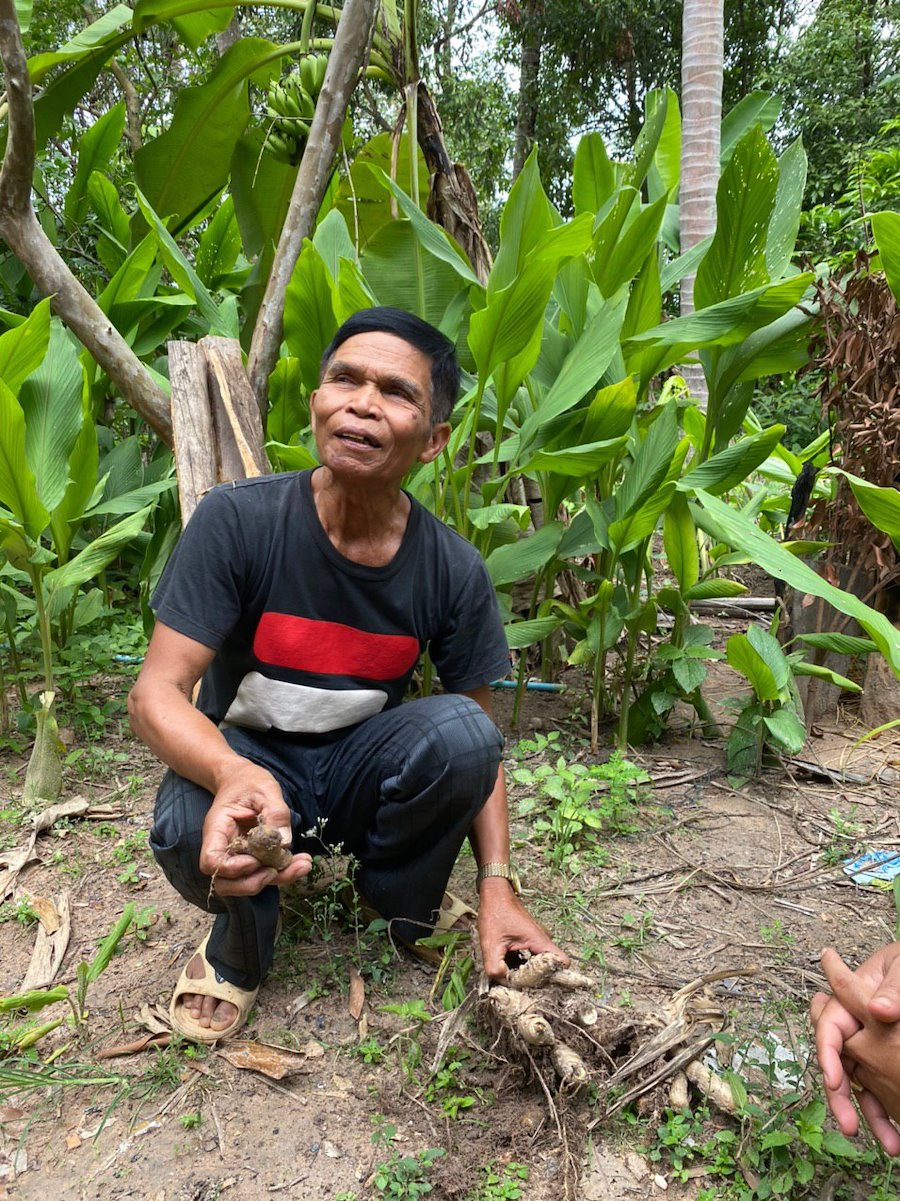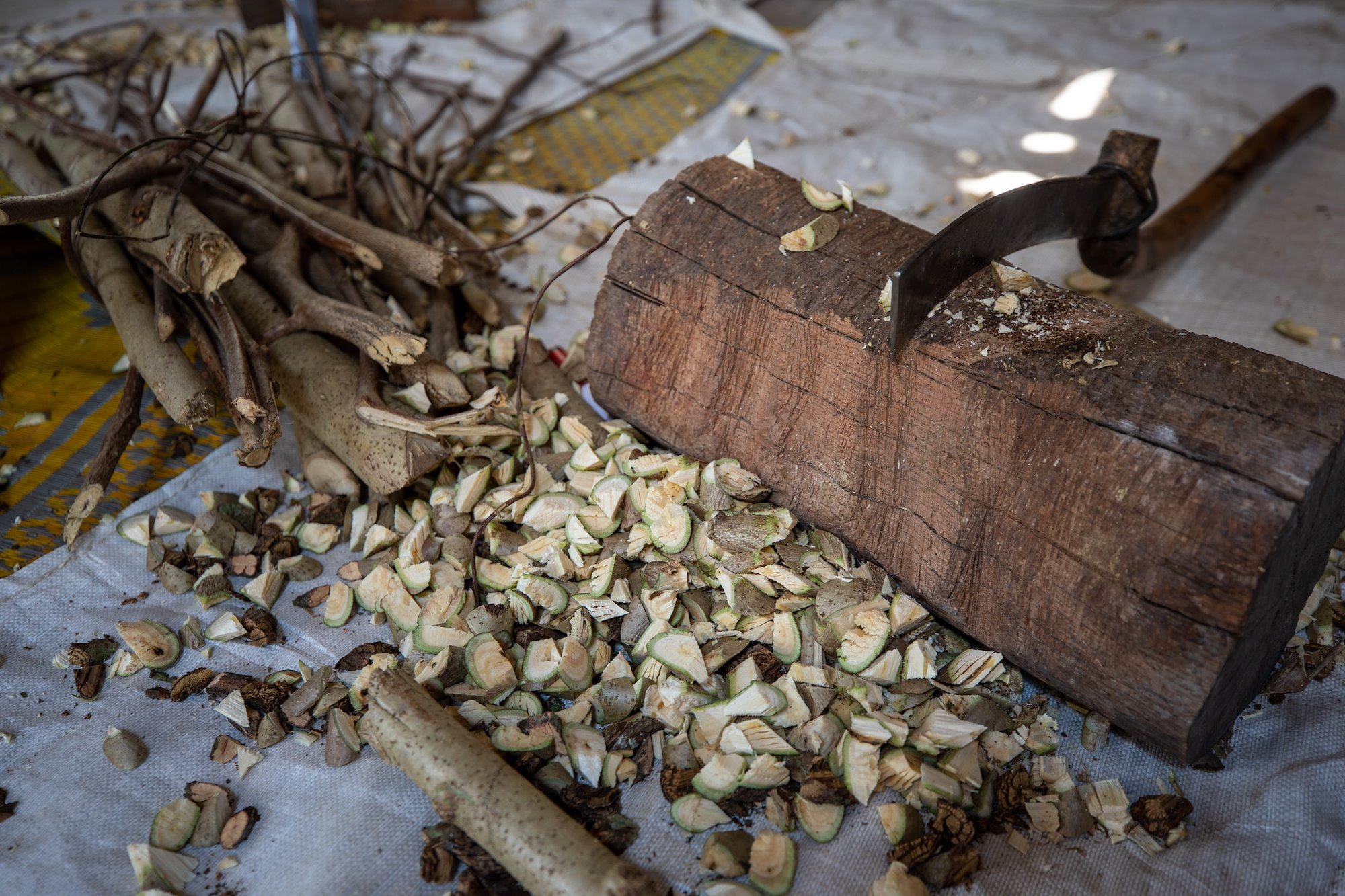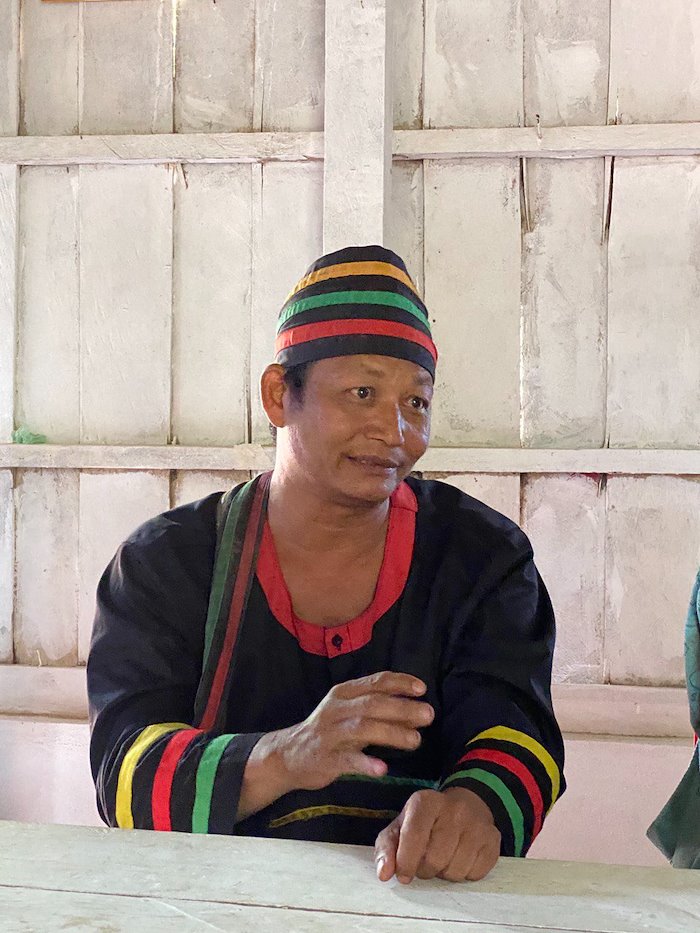Protecting Cambodia’s rich biodiversity and promoting sustainable, equitable and fair access and sharing of its benefits
The New Gold Rush: Bioprospecting
August 3, 2022

Kulen Waterfall
This blog is originally published on UNDP Ecosystems & Biodiversity exposure.
Bioprospecting for biodiversity
Energy, agriculture, tourism, and other major sectors - including development planning - are all undergoing paradigm shifts towards more nature-positive investments for enhancing human security and climate resilience.
Prospecting, formerly thought of as the domain of flinty miners, is undergoing a similarly green transformation.
Nowadays, rather than mining for metals and minerals, bioprospecting is the exploration of plant and animal species for the utilization of their genetic resources in pharmaceutical and biochemical industries, and in the production of a wide array of commercially viable products.
It led to novel treatments for malaria, tuberculosis, HIV/AIDS, and cancer, highlighting yet again the interdependence between ecosystems and human health and wellbeing.
Bioprospecting is based on a sustainable approach bringing economic and social benefits to often poor communities who otherwise would resort to unsustainable use of land, consumption of environmental resources or other negative coping mechanisms such as economic migration.



A rich vein of natural gold
Cambodia’s rich biodiversity and its associated genetic resources makes it attractive for commercial bioprospecting. It encompasses a high number of known native medicinal plants.
There are many well-known species of medicinal plants native to Cambodia. They include the Mmoem Tthnam Cchin (a perennial herb in the Zingiberaceae family), Rromdeng Pprey (Alpinia conchigera), Rromeit Pprey (Curcuma sp.), Kkravah (Amomum kravanh), Mreah Prov Phnom (Dysoxylum lourieri), Dey Khla (Gardenia angkorensis), Tepongru (Cinnamomum cambodianum) and Vohr Romiet (Coscinium usitatum). Other native plants such as Voer Romiet (Coscinium sp.) are also found throughout Asia.
Cambodia’s biological richness under threat
As the country continues to manage its transition from a subsistence agriculture-based economy to an agro-industrial economy, its biological resources are increasingly under threat.
These threats include competing land use for agriculture, urbanization, and infrastructure; overexploitation of wild plants and animals for national and international trade; overharvesting of forest products; and climate change, among other.

At present, several native medicinal plants are facing extinction and are no longer available in sufficient quantity for use by local people. A total of 324 species of medicinal plants that are native to Cambodia are considered as potentially threatened – or may otherwise become vulnerable in the longer.
These include three species listed in the Convention on International Trade in Endangered Species of Wild Fauna and Flora, and an additional 21 species included mentioned by the International Union for Conservation of Nature in the IUCN Red List (source). Some native plants have been extracted to the point of extinction from south-western Cambodia, particularly from the Cardamom Mountain region and areas within Bokor National Park.
The mountainous upland areas of Cambodia have also a wealth of traditional knowledge on nature conservation, health and wellbeing, sustainable farming practices, and plant and animal species utilization and management.
They host approximately 1.7 million people (11.68 per cent of the country’s total population), of whom more than 200,000 people are from indigenous minorities who have lived for many centuries in harmony with their natural environment.
In many cases, these communities have lived in isolation or minimal contact with other groups, developing complex cultural norms and rules that regulate their vision of the world, their spiritual beliefs and their livelihoods based on sustainable co-existence with the natural environment.
These stores of knowledge vary according to geographic areas, indigenous and other ethnic minorities.
The erosion of this valuable traditional knowledge on the utilization and protection of genetic resources would negatively impact the effective conservation of biodiversity and would eventually lead to the loss of nature-based-solutions and benefits (monetary and non-monetary) to local and indigenous communities, and ultimately to the country and the global community at large.

Trainings designed to build capacity and awareness among the various stakeholders.


Gamechanger
The power of innovation combining traditional knowledge with modern science and technology, has transformed genetic resources into medicines, foodstuffs, and many other products that are indispensable for human existence.
In fact, it can be argued that both genetic resources and innovation underpin sustainable development. There exists a clear link between sustainable biodiversity use and economic growth.
Research institutions, private pharmaceutical companies and NGOs have in recent years recognized the importance of conserving and using this knowledge. However, the corresponding benefits have not often been shared with communities.
Protecting genetic resources and ensuring Access and Benefit Sharing require institutional capacity and awareness among various stakeholders, namely, public authorities (the regulator) and the private sector, academia, research institutions, and indigenous and local communities (the users).
The Nagoya Protocol, a supplementary agreement of the United Nations Convention on Biological Diversity, provides a platform for the equitable sharing of benefits that facilitates sustainable development for indigenous peoples and local communities, and the continued conservation of our natural capital for many years to come.
Kulen Waterfall
Since 2011, the United Nations Development Programme (UNDP), with funding from the Nagoya Protocol Implementation Fund (NPIF) and the Global Environment Facility (GEF), has been supporting governments, local communities, and the private sector to develop national ABS frameworks, build capacities, and harness the potential of genetic resources.
This support is being used to develop novel products for agriculture, crop protection, pharmaceutical, personal care, and food/beverage in over 40 countries.
In Cambodia, UNDP and the General Secretariat of the National Council for Sustainable Development of the Ministry of Environment are implementing the project “Developing a Comprehensive Framework for Practical Implementation of the Nagoya Protocol in Cambodia”.
Funded by the Global Environment Facility (GEF), the project is creating an enabling environment to strengthen the legal and institutional capacity in the country for access and benefit sharing of genetic resources, and the conservation of relevant traditional knowledge.

Farmers in Phnom Kulen harvesting traditional herbs. Farmer on left introduced and cultivated over 10 medicinal plants.


A national ABS framework and implementation roadmap have been developed, including models of bioprospecting, a monitoring and evaluation framework for tracking genetic resources application, and a corresponding financial mechanism for benefit-sharing from ABS agreements, with an ABS Administrative Permitting System to provide a solid basis for greater legal certainty and transparency for both providers and users of genetic resource.
For more information on the Cambodia ABS project, visit here.
For more information on the Global ABS website here.


 Locations
Locations